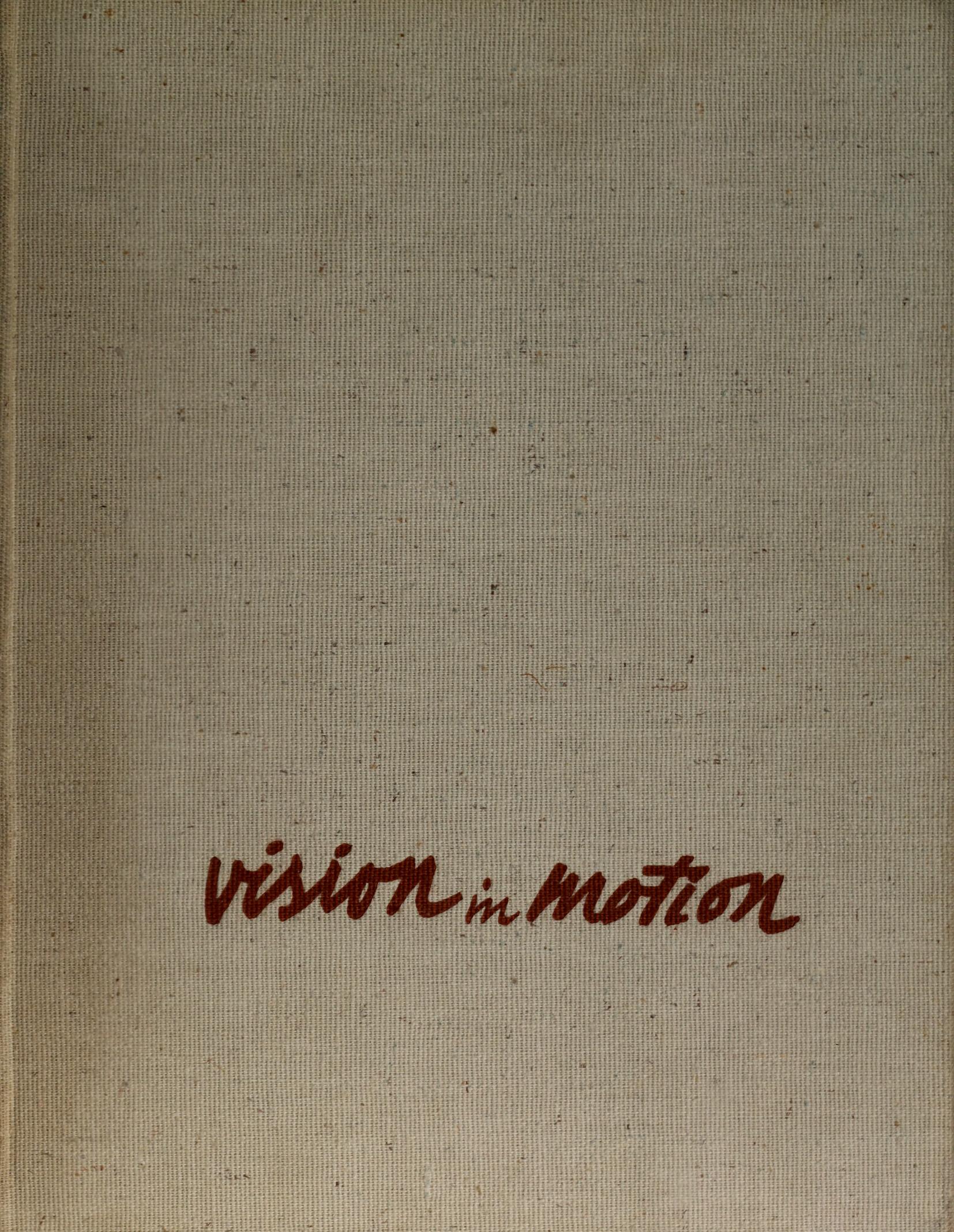Aldo Rossi: The Architecture of the City (1966–) [IT, DE, EN, BR-PT, CR]
Filed under book | Tags: · architecture, city, design, history of architecture, neo-rationalism, theory, urbanism

“Aldo Rossi, a practicing architect and leader of the Italian architectural movement La Tendenza, is also one of the most influential theorists of the second half of the 20th century. The Architecture of the City is his major work of architectural and urban theory. In part a protest against functionalism and the Modern Movement, in part an attempt to restore the craft of architecture to its position as the only valid object of architectural study, and in part an analysis of the rules and forms of the city’s construction, the book has become immensely popular among architects and design students.”
First published as L’architettura della città, Padova: Marsilio, 1966.
English edition
Introduction by Peter Eisenman
Translation by Diane Ghirardo and Joan Ockman
Revised for the American Edition by Aldo Rossi and Peter Eisenman
Publisher Graham Foundation for Advanced Studies in the Fine Arts, Chicago; Institute for Architecture and Urban Studies, New York; and MIT Press, 1982
Oppositions Books series
208 pages
Reviews and commentaries: Adolf Max Vogt & Radka Donnell (Journal of the Society of Architectural Historians, 1983), Mary Louise Lobsinger (Journal of Architectural Education, 2006), Farida Nilufar (Protibesh, 2004).
L’architettura della città (Italian, 1966/2006, 137 of 235 pages, 3 MB, via)
Die Architektur der Stadt (German, trans. Arianna Giachi, 1973/1998, 6 MB, added 2015-7-18)
The Architecture of the City (English, trans. Diane Ghirardo and Joan Ockman, 1982, pages 20-27 & 164ff missing, 49 MB; OCR version added 2015-7-5 via Marcell Mars, 46 MB)
A arquitetura da cidade (Brazilian Portuguese, trans. Eduardo Brandão, 1995/2001, 83 MB, added 2015-6-30)
Arhitektura grada (Croatian, trans. Sanja Bingula, 1999, 5 MB, via Sara Renar, updated 2015-6-30; OCR version added 2015-7-5 via Marcell Mars, 20 MB)
L. Moholy-Nagy: Vision in Motion (1947)
Filed under book | Tags: · abstraction, architecture, art, art education, bauhaus, biology, design, film, image, industrial design, life, light, literature, machine, motion, painting, perception, photography, poetry, sculpture, technology, visual communication, visual poetry

“This book is written for the artist and the layman, for everyone interested in his relationship to our existing civilization. It is an extension of my previous book, The New Vision. But while The New Vision gave mainly particulars about the educational methods of the old Bauhaus, Vision in Motion concentrates on the work of the Institute of Design, Chicago, and presents a broader, more general view of the interrelatedness of art and life.” (from the author’s foreword)
Publisher Paul Theobald, Chicago, 1947
371 pages
PDF (114 MB, no OCR)
Comments (2)Luciana Parisi: Contagious Architecture: Computation, Aesthetics, and Space (2013)
Filed under book | Tags: · abstraction, aesthetics, algorithm, architecture, cognition, computation, computing, cybernetics, design, evolution, feedback, infinity, information, interaction design, knowledge, media, metaphysics, networks, neural networks, philosophy, processing, randomness, sensors, software, space, temporality, time, topology, variation

“In Contagious Architecture, Luciana Parisi offers a philosophical inquiry into the status of the algorithm in architectural and interaction design. Her thesis is that algorithmic computation is not simply an abstract mathematical tool but constitutes a mode of thought in its own right, in that its operation extends into forms of abstraction that lie beyond direct human cognition and control. These include modes of infinity, contingency, and indeterminacy, as well as incomputable quantities underlying the iterative process of algorithmic processing.
The main philosophical source for the project is Alfred North Whitehead, whose process philosophy is specifically designed to provide a vocabulary for “modes of thought” exhibiting various degrees of autonomy from human agency even as they are mobilized by it. Because algorithmic processing lies at the heart of the design practices now reshaping our world—from the physical spaces of our built environment to the networked spaces of digital culture—the nature of algorithmic thought is a topic of pressing importance that reraises questions of control and, ultimately, power. Contagious Architecture revisits cybernetic theories of control and information theory’s notion of the incomputable in light of this rethinking of the role of algorithmic thought. Informed by recent debates in political and cultural theory around the changing landscape of power, it links the nature of abstraction to a new theory of power adequate to the complexities of the digital world.”
Publisher MIT Press, 2013
Technologies of Lived Abstraction series
ISBN 0262018632, 9780262018630
392 pages
For a New Computational Aesthetics: Algorithmic Environments as Actual Objects lecture by Parisi (2012, video, 72 min).
Reviews: Lecomte (Mute, 2013), Ikoniadou (Computational Culture, 2014).
PDF (24 MB, updated o 2021-10-28)
Comments (2)
